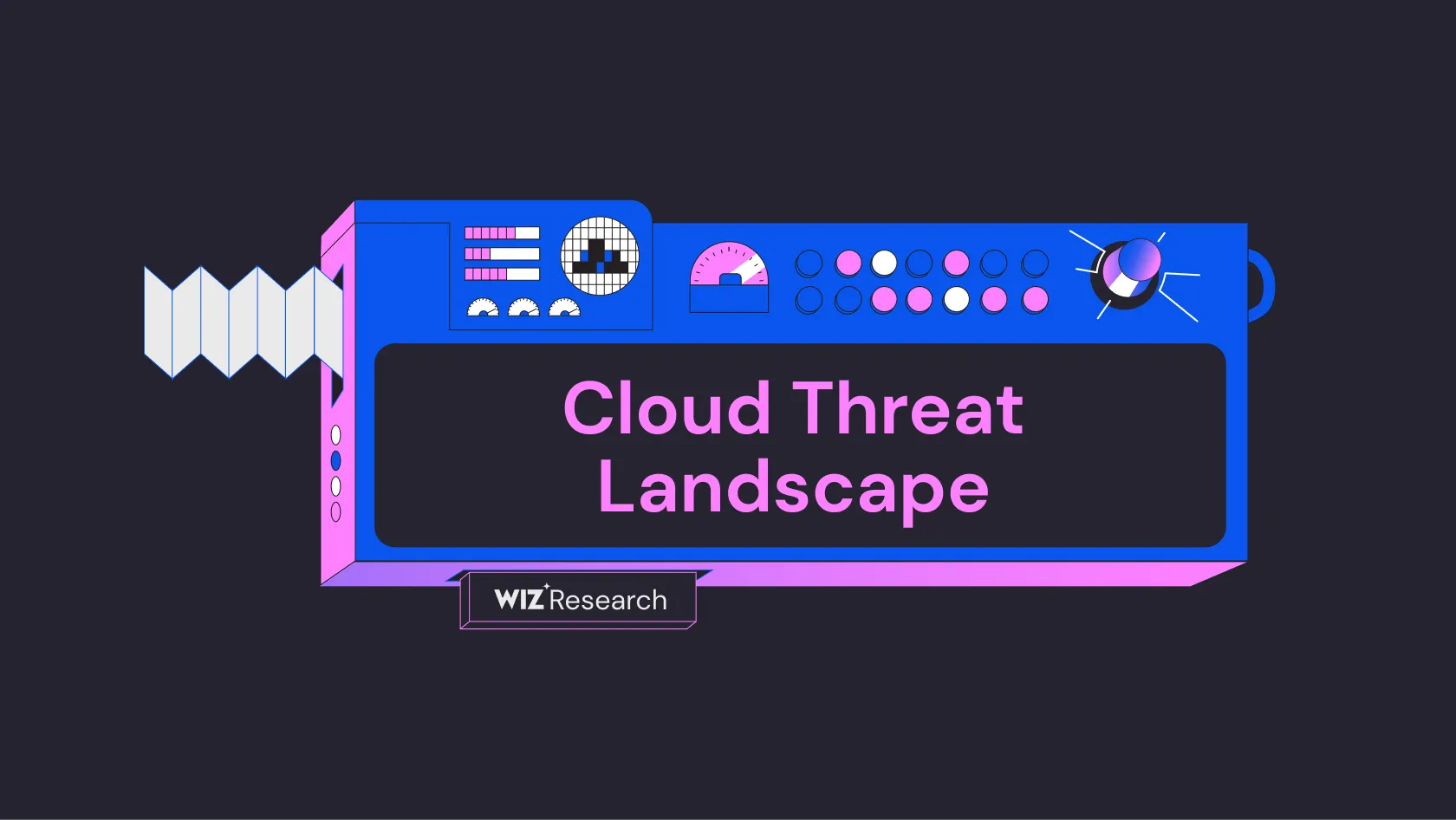
Cloud Vulnerability DB
An open project to list all known cloud vulnerabilities and Cloud Service Provider security issues
A vulnerability was discovered in the Linux kernel's ath5k driver, specifically in the ath5keepromreadpcalinfo5111 function (CVE-2021-47633). The issue was identified through fuzzing and involves an out-of-bounds (OOB) write condition in the ath5keepromconvertpcalinfo5111 function. When no curve is selected in a loop, the index variable can reach AR5KEEPROMNPDCURVES, leading to an out-of-bounds memory access (Kernel Git).
The vulnerability occurs when the idx variable reaches AR5KEEPROMNPDCURVES in the code, causing an out-of-bounds condition with the statement 'pd = &chinfo[pier].pd_curves[idx]'. This results in multiple out-of-bounds writes later in the code execution. The issue was discovered using the Kernel Address Sanitizer (KASAN), which detected a slab-out-of-bounds write of size 1 at address ffff8880174a4d60 during module loading (Kernel Git).
The vulnerability could lead to out-of-bounds memory writes in the Linux kernel's ath5k wireless driver, potentially causing system crashes or memory corruption. This affects systems using the ath5k driver for wireless networking (NVD).
A patch has been developed that adds a sanity check for the idx variable before it's used to access the pdcurves array. The fix involves adding a condition to check if idx equals AR5KEEPROMNPD_CURVES and redirecting to an error handler if true (Kernel Git).
Source: This report was generated using AI
Free Vulnerability Assessment
Evaluate your cloud security practices across 9 security domains to benchmark your risk level and identify gaps in your defenses.

An open project to list all known cloud vulnerabilities and Cloud Service Provider security issues

A comprehensive threat intelligence database of cloud security incidents, actors, tools and techniques

A step-by-step framework for modeling and improving SaaS and PaaS tenant isolation
Get a personalized demo
“Best User Experience I have ever seen, provides full visibility to cloud workloads.”
“Wiz provides a single pane of glass to see what is going on in our cloud environments.”
“We know that if Wiz identifies something as critical, it actually is.”